No Ripe Avocados? Here’s What I Use Instead (Pro-Chef Secrets)
I’ve spent a good chunk of my life in professional kitchens, and I can tell you, some ingredients are just superstars. Avocado is definitely one of them. Its incredible creaminess and mellow flavor make it a workhorse—it can pull a dressing together, add that perfect richness to a smoothie, or just be a simple, satisfying spread on toast.
In this article
But let’s be real. Avocados can be a pain. They’re expensive, they go from rock-hard to mush in what feels like five minutes, and sometimes, you just can’t find a good one. Plus, some folks have allergies or just plain don’t like them. Over the years, I’ve had to get creative, and I’ve taught a lot of cooks how to think on their feet. The trick isn’t just swapping one thing for another; it’s understanding what the avocado was doing in the first place. Are you trying to replace its creamy texture? Its healthy fats? Its ability to bind things together?
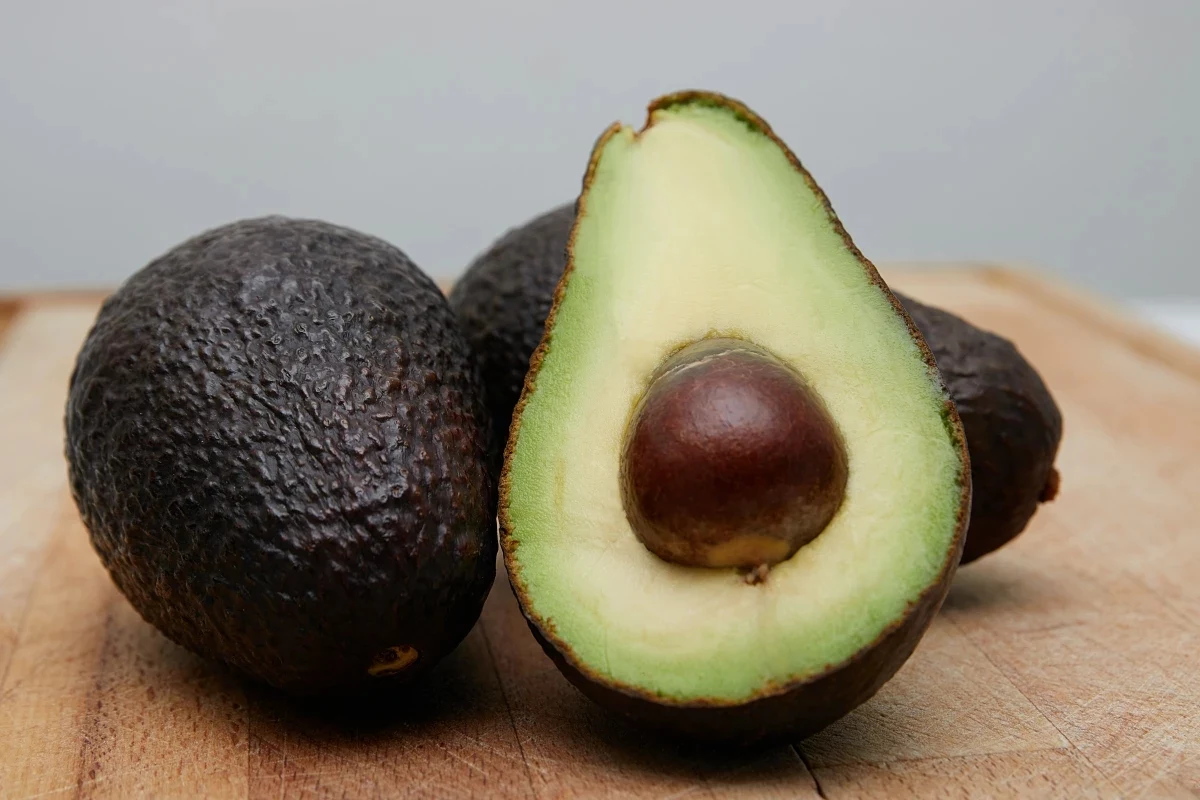
This guide is packed with the reliable, kitchen-tested alternatives I’ve come to depend on. We’ll get into why they work and how to use them right.
In a Rush? Try These No-Prep Swaps
Don’t have time to blend, roast, or soak anything? I get it. For those nights when you need a creamy fix right now, here are your quickest wins:
- Full-Fat Greek Yogurt: Amazing for savory dishes. Plop it on tacos, use it as a dip, or spread it on toast. It’s ready to go straight from the container.
- Store-Bought Hummus: A fantastic and fast savory spread for sandwiches and wraps. Grab a tub from the grocery store for under $5 and you’re all set.
- Nut Butter: For a quick, rich spread on toast or a creamy boost in a smoothie, a spoonful of almond or peanut butter works in a pinch.
Why Are Avocados So Creamy, Anyway?
To find a good stand-in, you have to know what you’re trying to copy. The magic of avocado is its unique makeup. It’s packed with high-quality monounsaturated fats, all held in a perfect, natural emulsion with fiber and water. When you mash it, you get this dense, rich, and smooth texture that isn’t greasy. It’s basically nature’s mayonnaise. So when we look for a substitute, we’re trying to mimic that body, richness, or binding power.
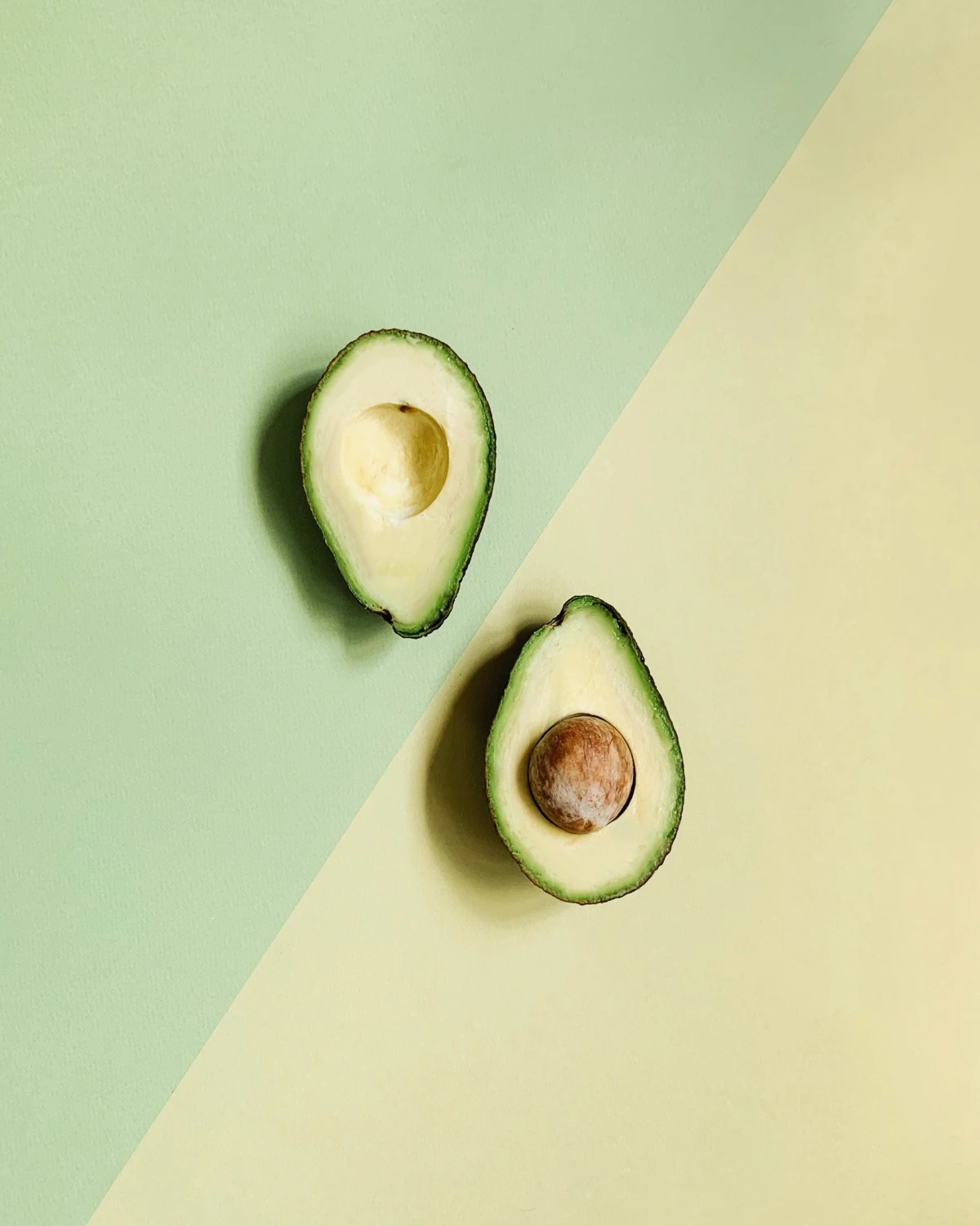
My Go-To Avocado Substitutes for Everyday Cooking
Here are the staples I turn to time and time again. I’ll give you the real-deal scoop on how to use them, where they shine, and the all-important substitution ratio.
1. Hummus and Other Bean Purées
Oh yeah, hummus is so much more than a dip. It’s a true kitchen powerhouse. A classic blend of chickpeas, tahini (sesame paste), and garlic, it delivers a savory creaminess that’s perfect in so many places you’d use mashed avocado.
Best For: Spreads on sandwiches and toast, dips for veggies, and as a creamy, savory base in wraps. It’s not a flavor-neutral swap; it brings its own delicious, garlicky personality.
The Ratio: This is an easy one. Use it as a 1:1 replacement for mashed avocado in savory recipes.
Pro Technique: Want unbelievably smooth hummus? The pros have a couple of tricks. First, if you have time, peeling the chickpeas makes a world of difference. A faster way is to overcook canned chickpeas with a pinch of baking soda—it helps the skins break down. When blending, a high-powered blender is your best friend. Add a tablespoon or two of ice-cold water while it’s running; this makes the hummus unbelievably light and fluffy.
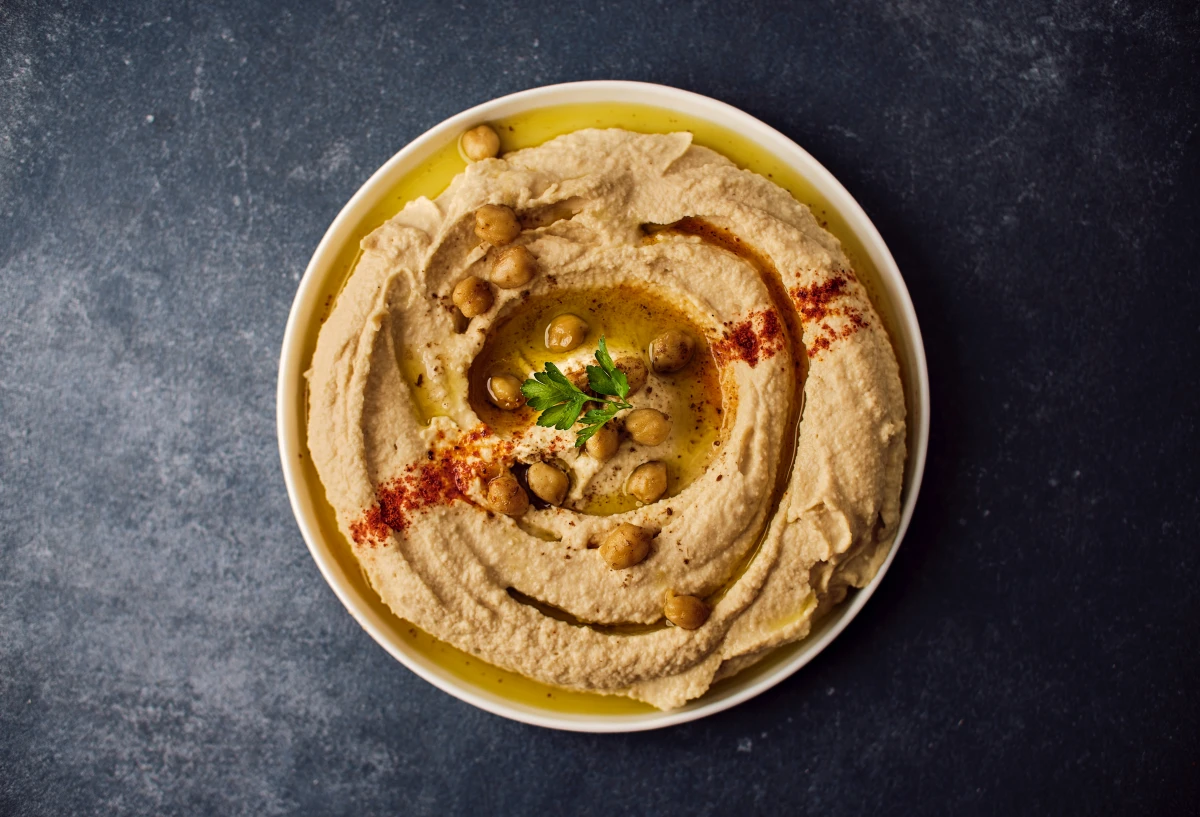
Budget & Storage: This is a super budget-friendly option! A can of chickpeas is usually under $2. Homemade hummus will last in an airtight container in the fridge for about 4-5 days.
Heads up! Don’t forget that traditional hummus contains tahini, which comes from sesame—a common allergen. If you’re cooking for others, give them a heads-up. You can also make a milder puree with cannellini (white) beans and a little olive oil instead.
2. Roasted Pumpkin or Squash Purée
This one might surprise you, but pumpkin or butternut squash purée is incredibly versatile. Its earthy sweetness and velvety texture can work in both sweet and savory dishes, adding moisture and body without any fat.
Best For: Baking (a fantastic fat replacer), creamy soups, sauces, and even as a savory spread when you season it up with sage, salt, and a little olive oil.
The Ratio: In baking, you can generally replace 1 cup of mashed avocado with 1 cup of pumpkin purée. Quick tip: since you’re losing the fat, you might want to add a tablespoon of oil to keep things from getting too dense.

Pro Technique: Please, do not boil your squash! It makes the purée watery and bland. The only way to do it right is to roast it. Just cut a pumpkin or butternut squash in half, scoop the seeds, and roast it cut-side down at 400°F until it’s fall-apart tender (usually 40-60 minutes). This caramelizes the sugars and makes the flavor way more intense. Then just scoop and blend.
Budget & Storage: Another winner for your wallet, especially in the fall. A whole butternut squash is just a few dollars. The purée freezes beautifully! I portion it into ice cube trays and then pop the frozen cubes into a bag for later use.
A lesson learned the hard way: Make sure you buy 100% pure pumpkin purée, not pumpkin pie filling. The pie filling is pre-sweetened and spiced. I once saw a new cook ruin an entire batch of savory soup by grabbing the wrong can. Always read the label!
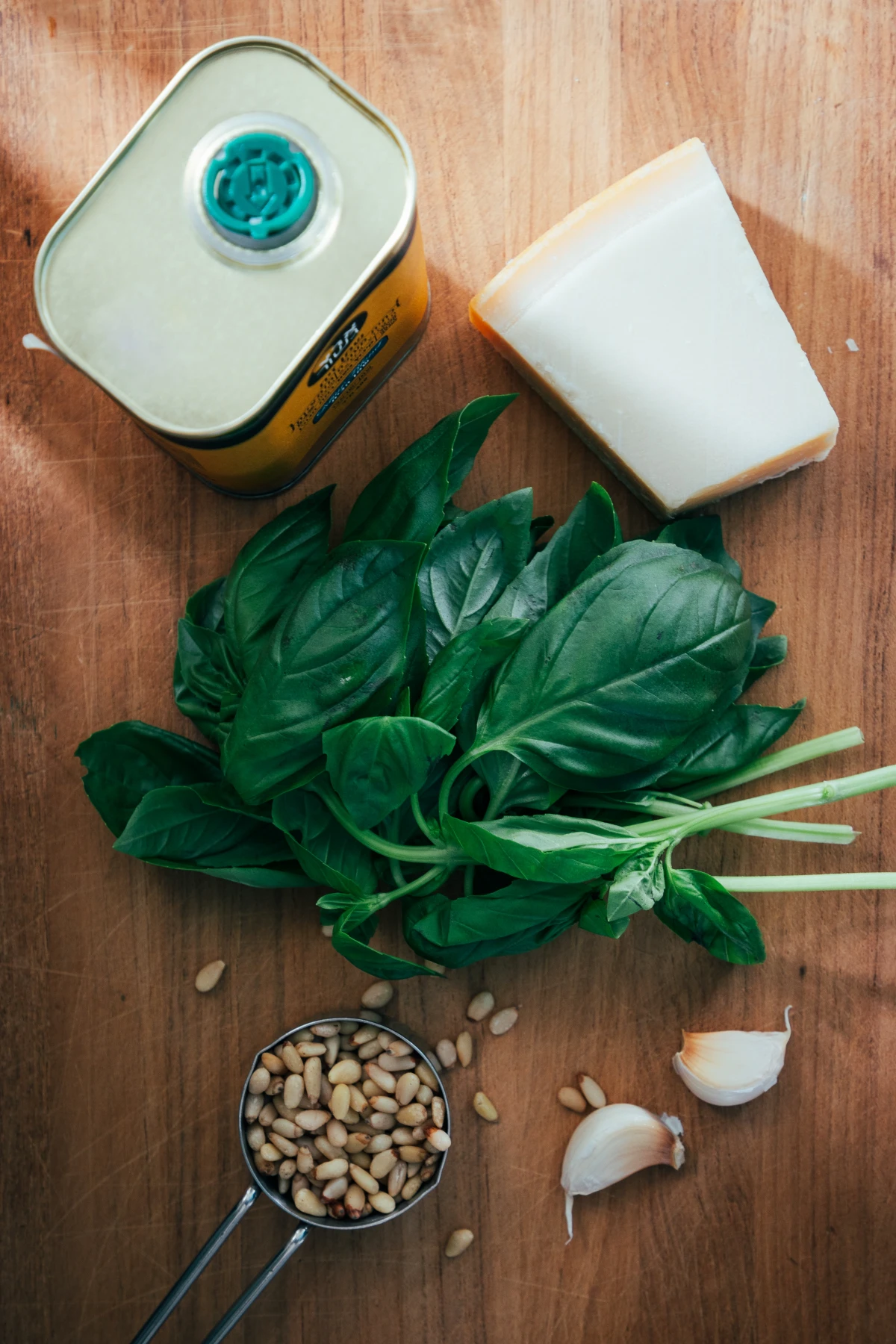
3. Pesto
Pesto is a fantastic sub when you want vibrant color and a ton of flavor. It brings a rich, oily texture that’s a knockout on toast or eggs, easily standing in for avocado.
Best For: A flavor-packed spread on toast, a topping for eggs, or mixed into pasta and grain bowls. A little goes a long way here.
The Ratio: Pesto is intense, so you don’t need a 1:1 swap. If a recipe calls for 1/2 cup of mashed avocado on toast, start with 2-3 tablespoons of pesto and see how you like it.
Pro Technique: Want to keep your pesto from turning a sad, murky brown? Blanch the basil leaves in boiling water for 15 seconds, then dunk them in an ice bath before blending. This locks in that brilliant green color. And for a creamier, more stable emulsion, drizzle the olive oil in slowly while the food processor is running.

Budget & Storage: Homemade pesto can get pricey, especially if you’re using classic pine nuts (which can cost $20-$30 a pound). A great budget-friendly hack is to use walnuts or even sunflower seeds instead. To store it, put it in a jar and pour a thin layer of olive oil on top. It creates an air barrier and keeps it fresh in the fridge for up to a week.
Heads up! Classic pesto contains nuts and cheese (Parmesan), two major allergens. Always be clear about your ingredients.
4. Edamame Purée (aka ‘Edamole’)
If you’re really missing that signature green color, edamame is your answer. These young soybeans blend into a gorgeous, vibrant purée that’s packed with plant-based protein and fiber.
Best For: Creating beautiful green dips and spreads. It’s perfect for savory dishes where you want a fresh, slightly sweet flavor. It makes a delicious dip in its own right!

The Ratio: Go ahead and use a 1:1 ratio when replacing mashed avocado for a dip or spread.
Pro Technique: Use shelled, frozen edamame—you can find them at most grocery stores. Boil them for 4-5 minutes until they’re very tender. The real secret is to blend them while they’re still warm. Add a good splash of olive oil, a squeeze of lime, and maybe some garlic or fresh mint to the blender. The warmth helps everything break down into a super creamy paste.
Budget & Storage: A bag of frozen, shelled edamame is pretty affordable, usually around $3-$5. The purée will keep in an airtight container in the fridge for 3-4 days.
Heads up! Soy is another common allergen, so be mindful if you’re sharing.
5. Cashew Cream
Okay, this one is a cornerstone of modern vegan cooking, and for good reason. Soaked and blended raw cashews create a ridiculously luxurious cream that comes very close to the richness of dairy cream or a silky smooth avocado.
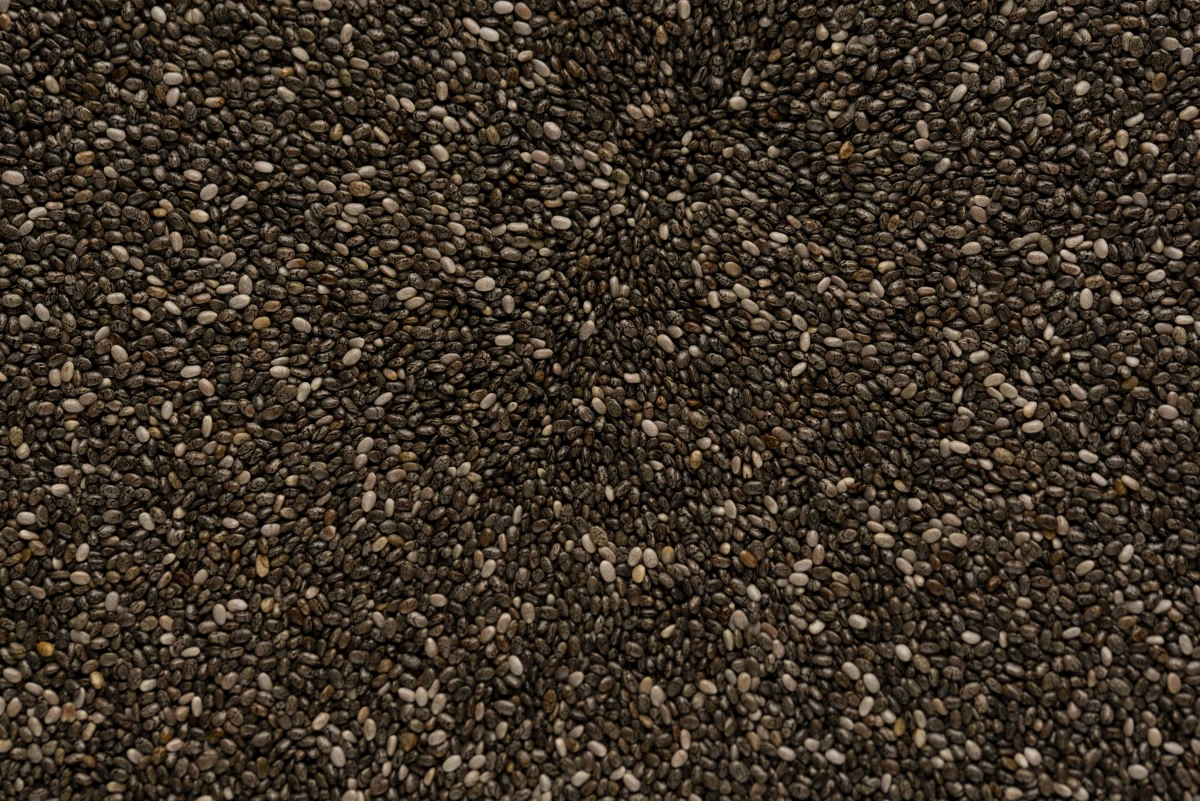
Best For: Creamy salad dressings, vegan sour cream, pasta sauces, and desserts. Its flavor is wonderfully neutral, making it one of the most versatile swaps.
The Ratio: Cashew cream is rich. For a dressing or sauce that calls for 1/2 cup of avocado for creaminess, start with 1/4 cup of cashew cream and add more if needed.
Pro Technique: You have to use raw, unsalted cashews. The key is soaking them. If you have time, soak them in water for at least 4 hours. In a hurry? Cover them with boiling water and let them sit for 30 minutes. Drain the cashews, then blend them in a high-powered blender (like a Vitamix or similar) with fresh water. A good starting point is 1 cup of soaked cashews to 1/2 cup of water. Blend on high until it’s perfectly silky.
Budget & Storage: To be frank, this is more of a gourmet swap. Raw cashews can be pricey, often running $10-$15 for a bag. The cream lasts for about 4-5 days in the fridge, and yes, you can freeze it! Pour it into an ice cube tray for perfectly portioned cream later on.
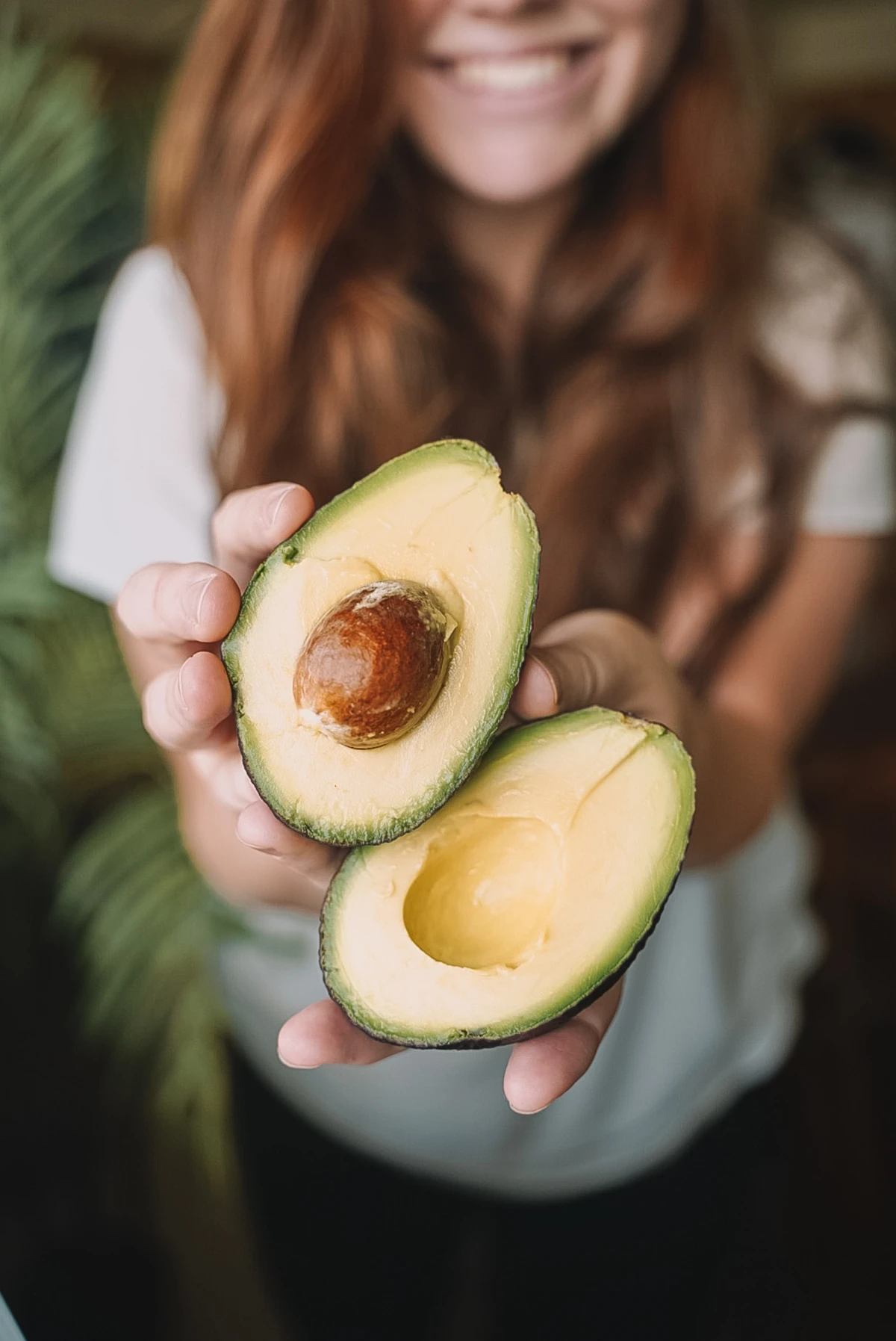
Heads up! Obviously, this is a no-go for anyone with a tree nut allergy.
A Few Final Tips from the Kitchen
Substitution is more of an art than a science. Sometimes you have to tweak things. Here are a few common issues:
- It’s too thin! If your hummus or bean purée is watery, you can thicken it by blending in more beans or a tablespoon of ground flaxseed.
- My muffins are dense! If you used banana or pumpkin instead of avocado, you swapped fat for a heavier, water-based ingredient. Try reducing the other liquid in the recipe by a tablespoon or two next time.
- The moisture is off. Good to know: avocado is about 73% water. If you’re subbing with something like Greek yogurt (which is closer to 85% water), your final dish might be a bit runnier. You may need to reduce other liquids slightly to compensate.
And finally, sometimes a substitute just won’t work. For a true guacamole, you need avocado. Its flavor and texture are the whole point. An ‘edamole’ is delicious, but it’s a different dish. If the avocado is the undisputed star of the show, it might be better to just make something else entirely.
Inspirational Gallery
It can take up to 272 liters (around 72 gallons) of water to grow just two or three medium-sized avocados.
Suddenly, that can of chickpeas or tub of Greek yogurt doesn’t just look like a convenient substitute; it’s a more sustainable one. Exploring alternatives reduces pressure on water-strained growing regions and diversifies your culinary footprint.
That rock-hard avocado doesn’t have to mean a change of dinner plans. To speed up ripening, place it in a paper bag with a banana or an apple. These fruits release ethylene gas, a natural ripening agent. Fold the bag shut and leave it on the counter; you could have a perfectly ripe avocado in just a day or two.
For that perfect creamy, savory toast-topper, two whipped dairy options stand out:
Whipped Feta: Intensely savory and briny. Blend a block of good quality feta (like Dodoni) with a splash of olive oil and a little water until smooth. It’s a bold, flavor-forward swap.
Whipped Cottage Cheese: Milder and higher in protein. Blend full-fat cottage cheese (Good Culture is great) until it’s completely smooth and luxurious. It’s a fantastic neutral base, ready for your favorite seasonings.
My substitute made the dish taste flat. What went wrong?
This often happens when you forget what avocado truly brings to the party: fat and a subtle, buttery flavor. Many substitutes, like beans or zucchini, are lean. The fix is simple: enrich them! When blending cannellini beans for a dip, add a generous glug of high-quality extra virgin olive oil. For a zucchini-based smoothie, a spoonful of almond butter or a bit of coconut cream reintroduces the richness you’re missing.
Achieving that ultra-silky, avocado-like texture from nuts or beans often comes down to your equipment. While a standard blender works, a high-speed model like a Vitamix or Blendtec is a game-changer. It pulverizes soaked cashews or chickpeas into a genuinely luscious cream without any graininess, perfectly mimicking the mouthfeel of a ripe avocado.
- Creates a rich, dairy-free creaminess.
- Adds a deep, nutty, and savory flavor.
- Provides a boost of calcium and healthy fats.
The secret? Tahini. This sesame seed paste is a powerhouse in Middle Eastern and Mediterranean kitchens. A spoonful can transform blended chickpeas into hummus or give a simple salad dressing an incredible body and depth, no avocado required.
Sometimes it’s not just the creaminess you miss, but that vibrant green color. You can easily recreate it. For an intense, fresh green, blanch shelled edamame or sweet peas for 60 seconds, then plunge them into an ice bath before blending. For a deeper, more herbaceous hue, blend in a handful of fresh spinach, cilantro, or parsley with your substitute. It’s a visual trick that makes the dish instantly more appealing.
Important point: Don’t just swap, adjust. Avocado has a very mild flavor profile. When you substitute it with something more assertive like Greek yogurt (tangy), hummus (garlicky), or pesto (herby and salty), you need to rethink your other seasonings. You might need less salt, a smaller squeeze of lime, or no garlic at all. Taste as you go!
For a stunning and creative avocado toast alternative, try making a batch of Green Pea & Mint smash. It’s a trick used by many trendy cafes.
- Briefly blanch 1 cup of frozen peas, then drain.
- In a bowl, gently mash the peas with a fork, leaving some texture.
- Stir in 1 tbsp of chopped fresh mint, the zest of half a lemon, a drizzle of olive oil, and a generous pinch of flaky sea salt.
It’s fresh, vibrant, and surprisingly satisfying spread on toasted sourdough.
The next time you’re at a hip brunch spot, look for ‘avo-less toast’ on the menu. It’s a growing trend celebrating creative, sustainable spreads. You’ll find delicious options like bright fava bean mash topped with pecorino, earthy mushroom pâté with thyme, or whipped ricotta drizzled with hot honey. It’s proof that toast-topping creativity goes far beyond the avocado.










